Understand the Purpose of a Cover Letter
A cover letter is more than just a formality; it’s your first impression on a potential employer. It serves as a crucial introduction, providing context to your resume and showcasing your personality, skills, and enthusiasm for the specific role. Unlike your resume, which offers a factual overview of your experience, a cover letter allows you to connect with the hiring manager on a personal level, demonstrating why you’re the perfect fit for the job and the company. Think of it as your chance to tell a compelling story about your career aspirations and how they align with the company’s needs. Without a well-crafted cover letter, your application might get lost in the stack, missing the opportunity to make a lasting impression. Your concluding cover letter must always include a clear call-to-action.
Key Components of a Cover Letter
A killer cover letter is built upon several essential components, each playing a vital role in capturing the reader’s attention and conveying your qualifications. From the opening paragraph to the closing statement, every sentence should contribute to the overall narrative. Understanding these core elements is the first step toward crafting a cover letter that stands out from the competition. A well-structured cover letter is not just a formality, it is a strategic tool. Its effectiveness depends on how well you integrate the following sections: contact details and salutation, a compelling opening, informative body paragraphs, a clear call-to-action, and a professional closing. Properly addressing all these elements can significantly increase your chances of landing an interview and ultimately, the job. Make sure your concluding cover letter reflects your achievements and potential.
Contact Information and Salutation
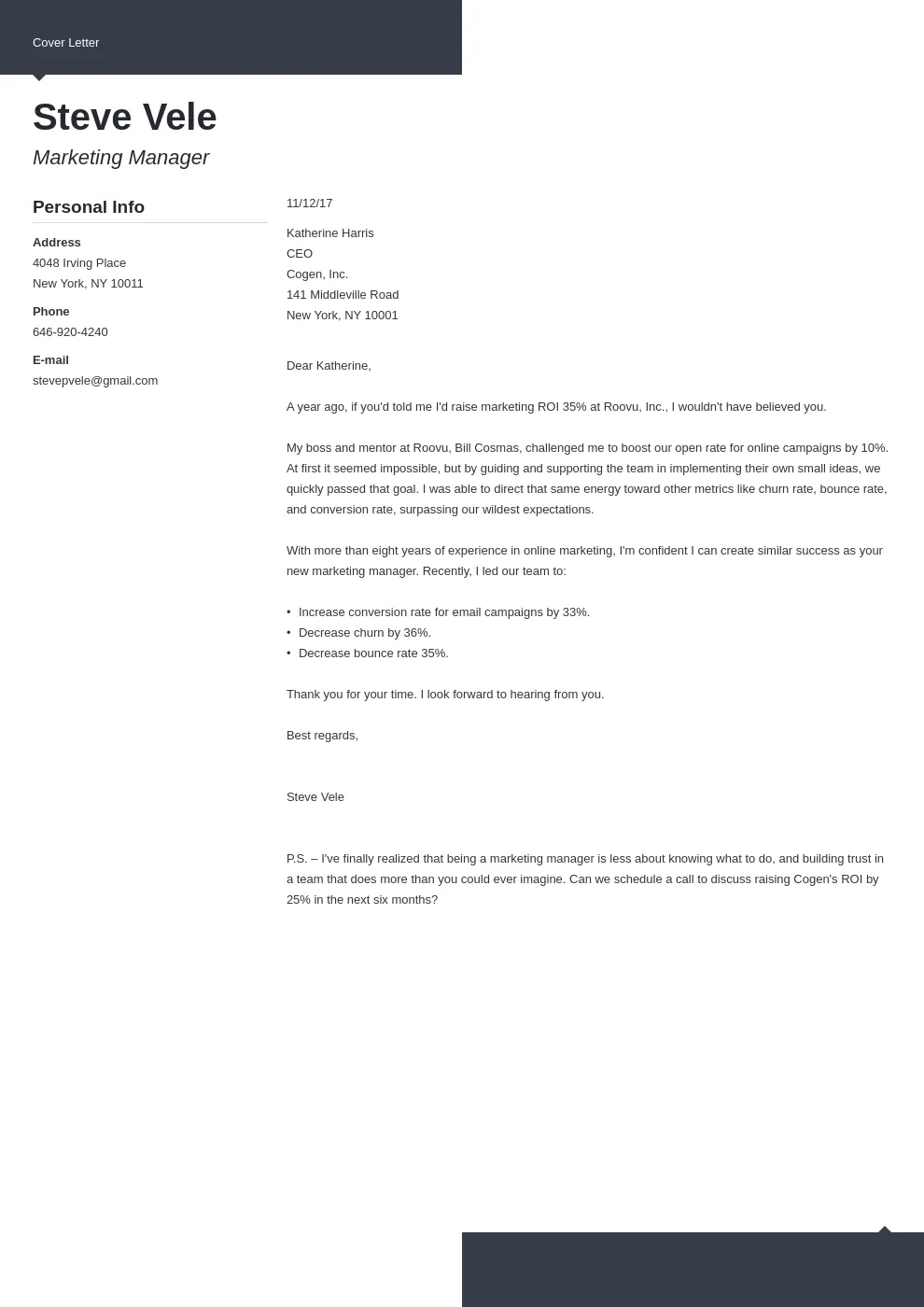
Begin by including your contact information at the top, such as your name, phone number, email address, and LinkedIn profile URL. Then, address the hiring manager by name, if possible. Researching the hiring manager’s name shows initiative and a genuine interest in the company. Avoid generic salutations like ‘To Whom It May Concern.’ If you cannot find the name, try ‘Dear Hiring Manager,’ or a title like ‘Dear [Department Name] Team’. This personalized approach sets a professional tone and immediately grabs the reader’s attention. Ensure your contact details are up-to-date and easily accessible to facilitate communication. A well-crafted salutation demonstrates that you’ve done your homework and are serious about the opportunity. Keep your concluding cover letter’s contact information updated and valid.
Opening Paragraph – Grab Attention
The opening paragraph is your chance to make a strong first impression. Start with a compelling hook that immediately captures the reader’s attention. You could express your enthusiasm for the position, mention a mutual connection, or highlight a key achievement that aligns with the job requirements. The goal is to create curiosity and encourage the hiring manager to continue reading. A well-crafted opening sets the tone for the rest of the letter and signals your understanding of the company’s needs. Avoid generic introductions that restate the job title. Instead, use this space to showcase your personality and demonstrate your genuine interest in the role. In your concluding cover letter, highlight the key achievements. Make sure your concluding cover letter begins with a captivating opening to gain the hiring manager’s attention.
Body Paragraphs – Showcase Skills
The body paragraphs are where you elaborate on your skills and experience. Use this space to demonstrate how your qualifications align with the specific requirements of the job. Provide concrete examples of your accomplishments and how you’ve contributed to past successes. Avoid simply listing your responsibilities. Instead, focus on the outcomes and achievements that highlight your value. This section is your opportunity to connect your past experiences with the future of the job. Use action verbs and quantifiable results to showcase your capabilities effectively. Show, don’t just tell; use the STAR method (Situation, Task, Action, Result) to provide context and illustrate your skills. Your concluding cover letter’s body paragraphs will be critical. Tailor the body paragraphs to address the requirements highlighted in the job description.
Highlight Relevant Experience
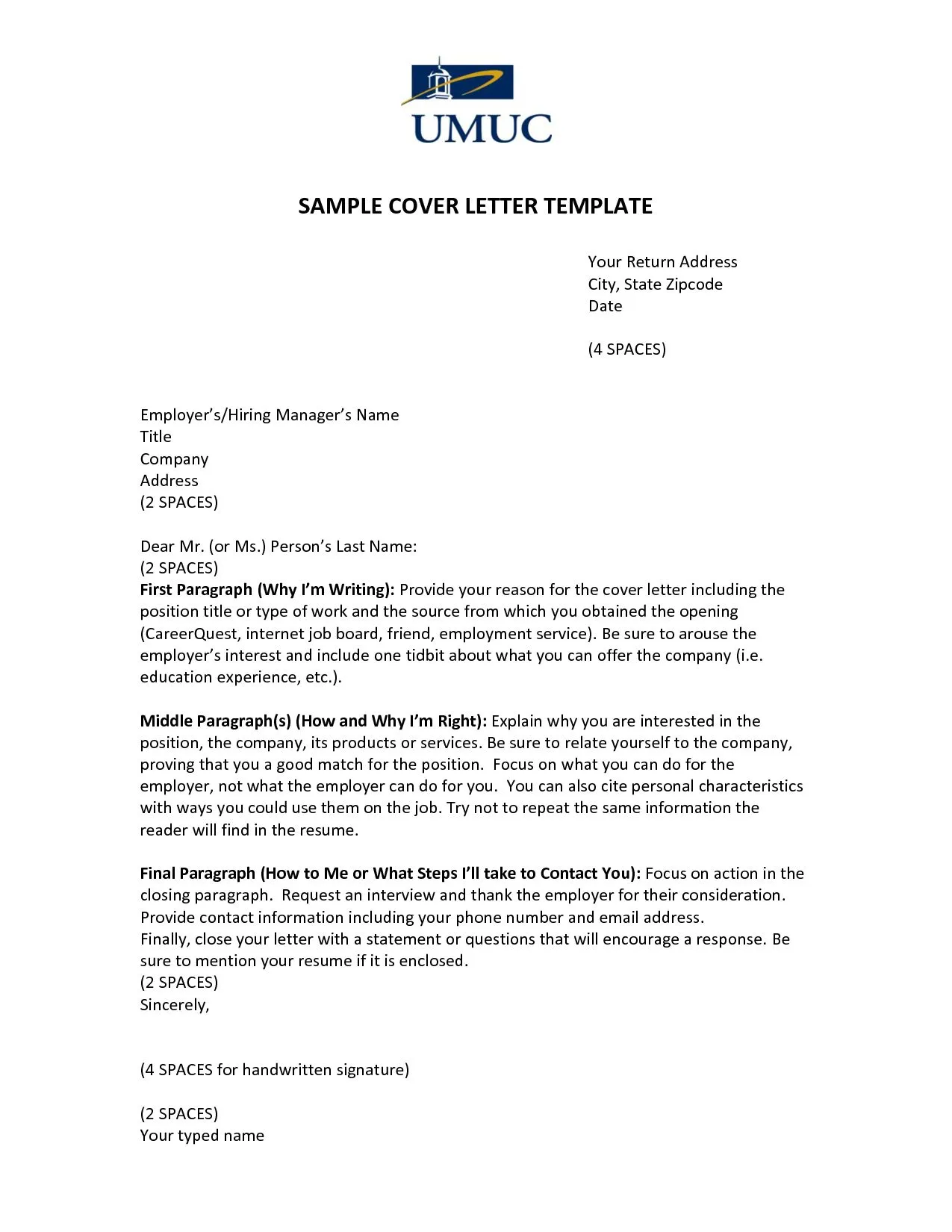
Focus on the experiences that are most relevant to the job. Select experiences that demonstrate you possess the skills and qualities the employer is seeking. Tailor your descriptions to match the job description, using keywords and phrases from the posting. This targeted approach shows the hiring manager that you understand the role and are a good fit for the company. Explain what you did, why you did it, and the results you achieved. By emphasizing relevant experiences, you increase your chances of convincing the employer that you have what it takes to excel in the role. Make sure your concluding cover letter contains relevant experiences.
Quantify Achievements
Whenever possible, quantify your achievements with numbers and data. Instead of saying ‘Increased sales,’ say ‘Increased sales by 20% in one quarter.’ Concrete examples demonstrate the impact you’ve made in previous roles. Quantifiable achievements make a compelling case for your abilities and show the hiring manager the value you can bring to the company. Use metrics such as percentages, dollar amounts, and timeframes to provide context and create a clear picture of your successes. Remember, numbers speak louder than words. Your concluding cover letter must quantify your achievements.
Showcase Skills and Qualities
Beyond your experience, showcase the skills and qualities that make you a strong candidate. Highlight both hard skills (technical abilities) and soft skills (interpersonal abilities). Provide examples of how you’ve used these skills to achieve positive outcomes. Be specific and provide evidence to support your claims. For instance, if you claim to be a strong communicator, describe a situation where you successfully presented to a large audience or resolved a conflict through effective communication. Showing, rather than telling, is crucial. Ensure your concluding cover letter demonstrates and showcases the relevant skills and qualities.
Concluding Paragraph – Call to Action
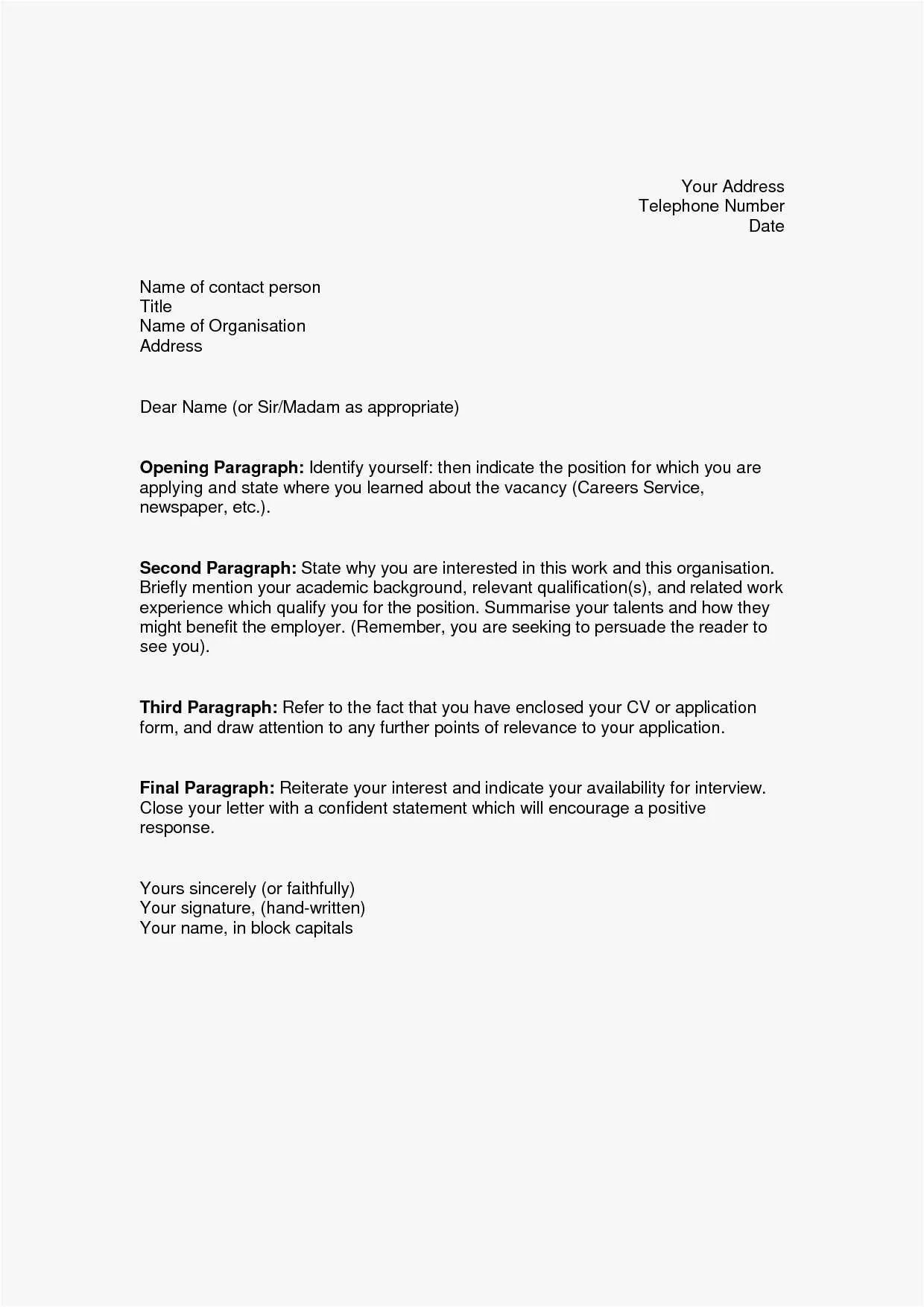
The concluding paragraph should restate your interest in the position and reiterate why you are the best fit for the role. End with a clear call to action, such as requesting an interview. Make it easy for the hiring manager to move forward by including a statement like, ‘I am eager to discuss my qualifications further and would welcome the opportunity for an interview.’ Express your enthusiasm and confidence without being overly assertive. Thank the hiring manager for their time and consideration. Your concluding cover letter should re-emphasize your interest in the role and clearly state your intentions. A strong call to action provides a decisive closing.
Formatting and Design Tips
The visual presentation of your cover letter can significantly impact how the hiring manager perceives you. Clean, professional formatting and design enhance readability and create a positive first impression. A well-formatted cover letter demonstrates attention to detail and professionalism. Poor formatting, such as excessive use of bolding, multiple fonts, or a cluttered layout, can detract from the content and make your application look sloppy. Consider it another reflection of your professionalism. Make sure your concluding cover letter follows the guidelines below.
Choose a Professional Font
Select a professional and easy-to-read font, such as Times New Roman, Arial, Calibri, or Helvetica. Keep the font size between 10 and 12 points for optimal readability. Avoid using overly decorative or unusual fonts, as they can distract from the content. Maintain consistency throughout your cover letter, using the same font for all text, headings, and subheadings. The goal is to create a clean and organized appearance. Always go for the professional font when writing your concluding cover letter.
Keep it Concise
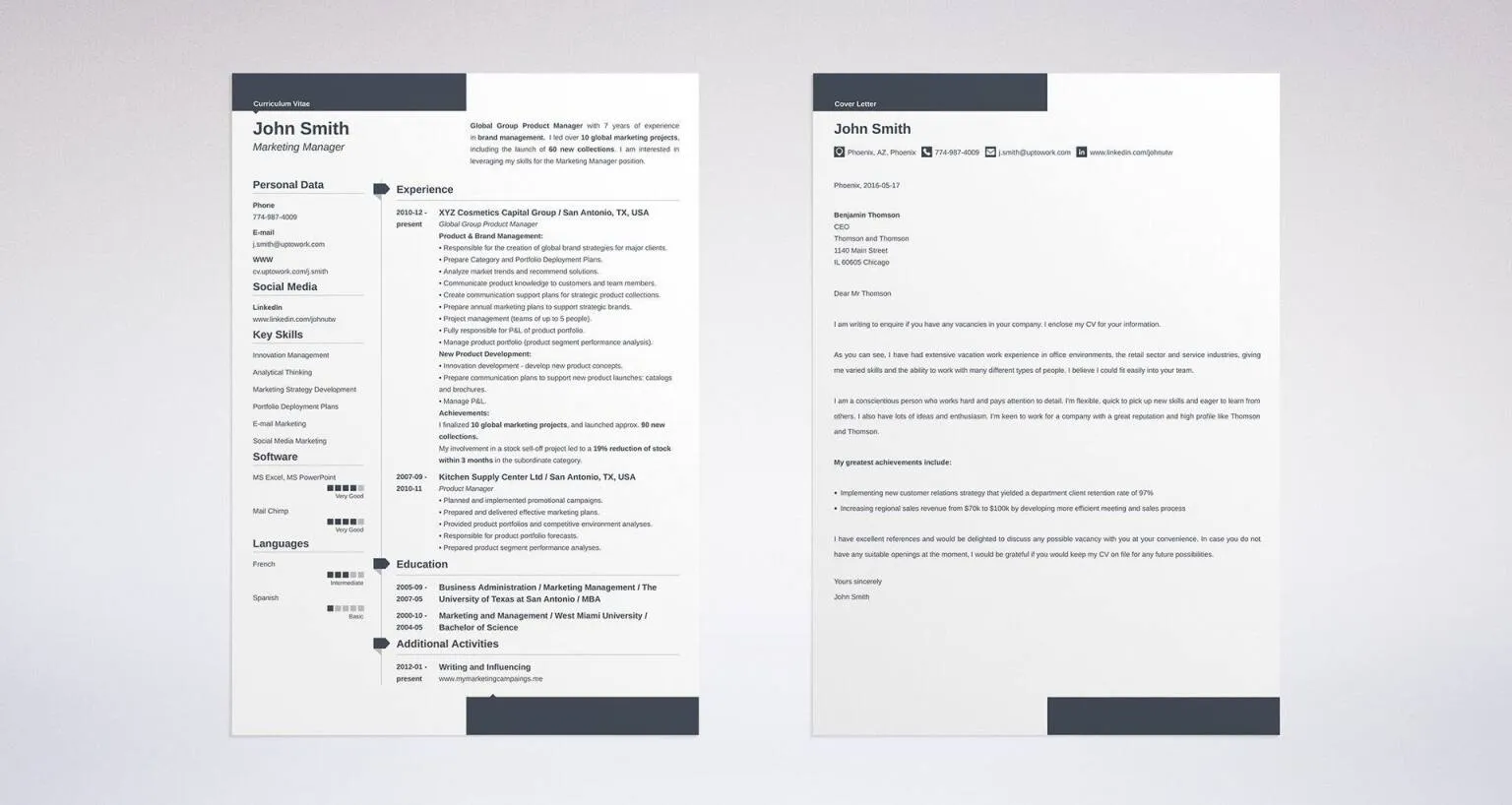
Aim for a concise and focused cover letter, ideally no more than one page. Hiring managers are busy and may not have time to read lengthy documents. Every sentence should serve a purpose. Keep paragraphs brief and to the point. Remove any unnecessary jargon or filler words. The key is to convey your message effectively and efficiently. Conciseness demonstrates respect for the reader’s time. Your concluding cover letter needs to be as concise as possible.
Proofread Carefully
Proofread your cover letter multiple times for any errors in grammar, spelling, and punctuation. Typos and grammatical errors can create a negative impression and suggest a lack of attention to detail. Use a grammar checker and spell checker, but don’t rely on them completely. Have a friend or family member review your cover letter for a fresh perspective. Correcting any errors before submitting the application is key to maintaining a professional appearance. The concluding cover letter needs to be proofread to avoid mistakes.
Tailoring Your Cover Letter
One of the most important steps in writing a killer cover letter is tailoring it to each job application. A generic cover letter will likely be rejected. The goal is to demonstrate to the hiring manager that you understand the company’s needs and the specific requirements of the role. Tailoring shows that you are serious about the opportunity. It demonstrates that you have taken the time to research the company and are genuinely interested in the position. Customization will help your concluding cover letter get noticed.
Research the Company

Before you start writing your cover letter, research the company and the specific role. Visit the company’s website and social media pages. Understand their mission, values, and recent projects. This research will enable you to customize your cover letter and demonstrate how your skills and experience align with the company’s goals. Identify the key skills and qualifications they are seeking in a candidate. This knowledge will help you highlight the most relevant information in your cover letter. Showing that you have invested time in researching the company immediately boosts your application. Your concluding cover letter needs company research before writing.
Customize for Each Job
Never use a generic cover letter for multiple job applications. Customize each cover letter to match the specific job requirements and company culture. Review the job description carefully and identify the key skills and qualifications the employer is seeking. Highlight your relevant experiences and skills. Show how your experience aligns with the company’s needs. Make sure your concluding cover letter is customized for each job application.
Use Keywords from the Job Description
Incorporate keywords and phrases from the job description throughout your cover letter. This shows that you understand the role and possess the required skills and qualifications. Use these keywords naturally within your sentences; don’t simply stuff them in. This technique also helps your application get past the Applicant Tracking System (ATS), which scans resumes and cover letters for relevant keywords. Highlighting your key skills and qualifications with the job description keywords is a perfect way to demonstrate the match between you and the job. Use the job description when writing your concluding cover letter.
Common Mistakes to Avoid
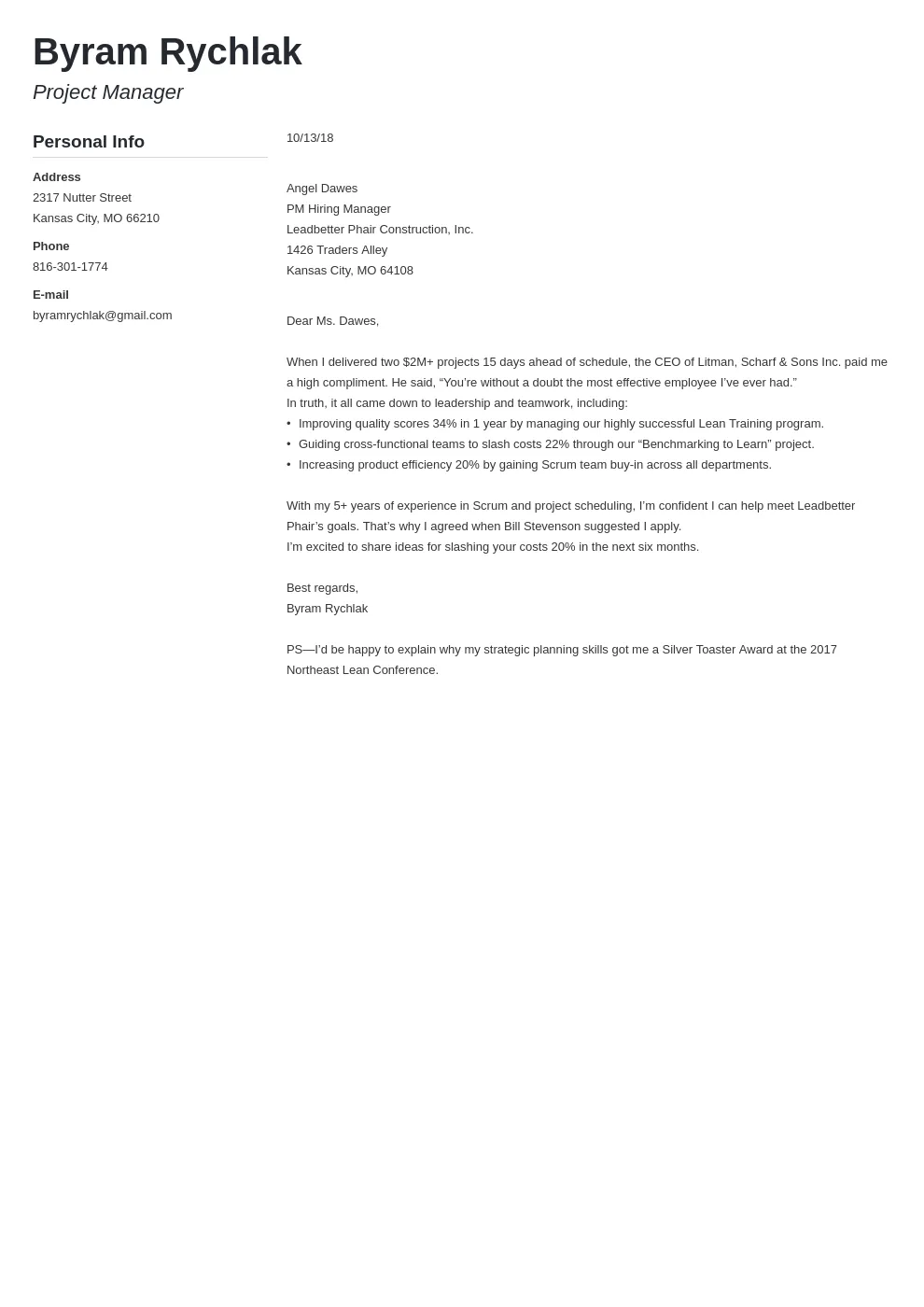
Certain mistakes can easily ruin a cover letter. Avoid these common pitfalls to ensure your application stands out. Pay attention to details and revise your cover letter to eliminate any errors before submitting it. These mistakes can detract from your qualifications. Avoiding these mistakes will drastically help your concluding cover letter.
